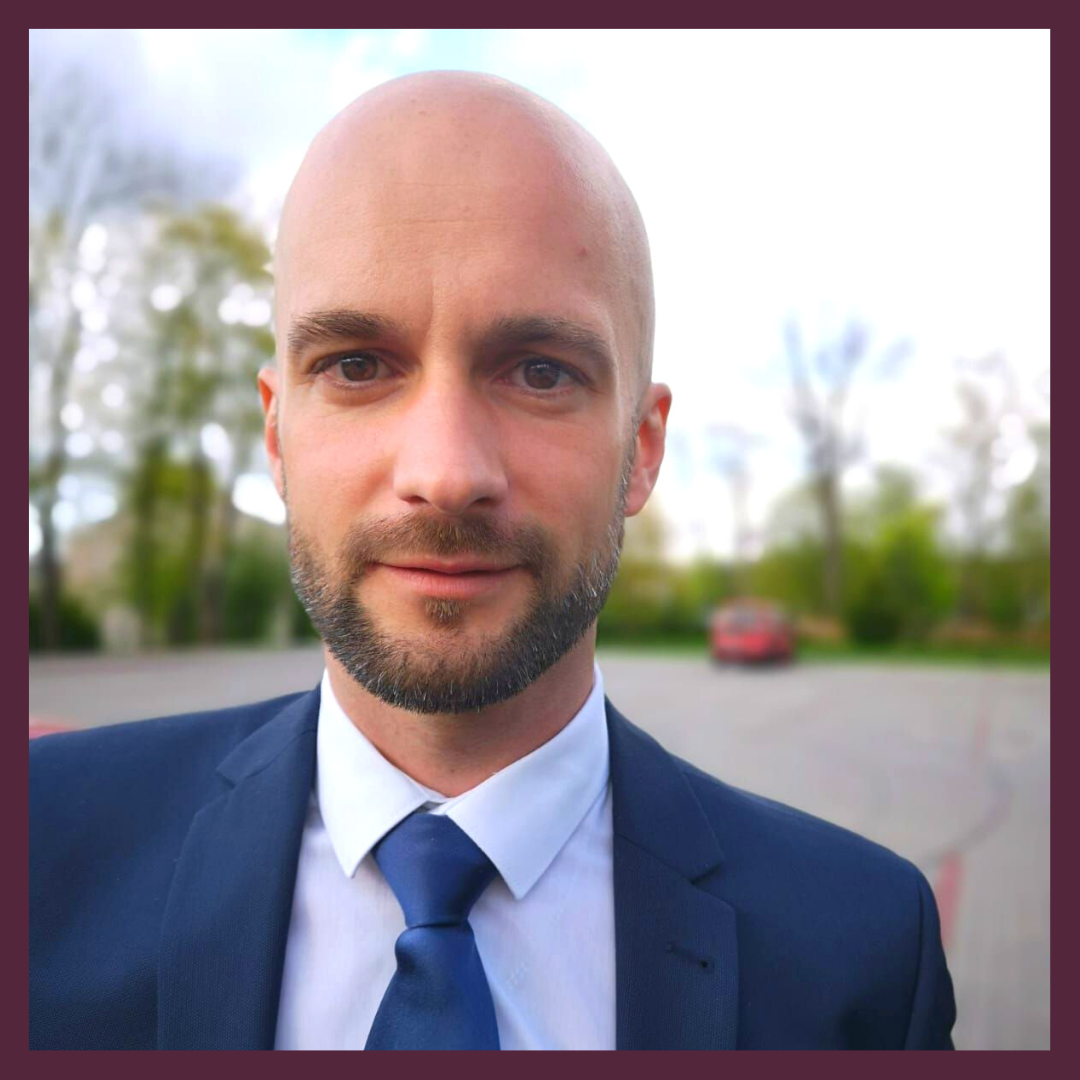SEE THE FUTURE is an annual conference for optometrists, ophthalmologists, optometry and ophthalmology students hosted by OC VISION the largest provider of optical and optometry services in the Baltic States.
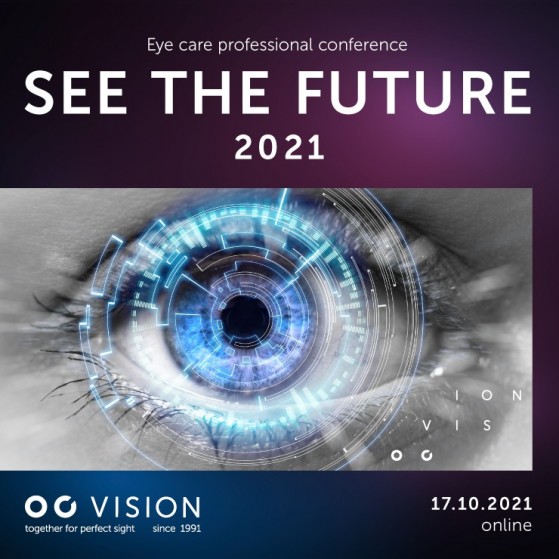
This year SEE THE FUTURE 2021 conference will focus on children’s vision and eye health, including topics:
- Vision therapy
- Diagnostic methods for amblyopia
- Near vision correction methodology
- Full hypermetropic and myopic correction - myths and truth
- Pediatric contact lens correction - orthokeratology and anti-fatigue contact lenses
- Early problem diagnostics - impact of congenital and general diseases on children's visual health
The conference will be held online and after the event, the recording of the conference will be available for 5 days.
CONFERENCE MODERATOR
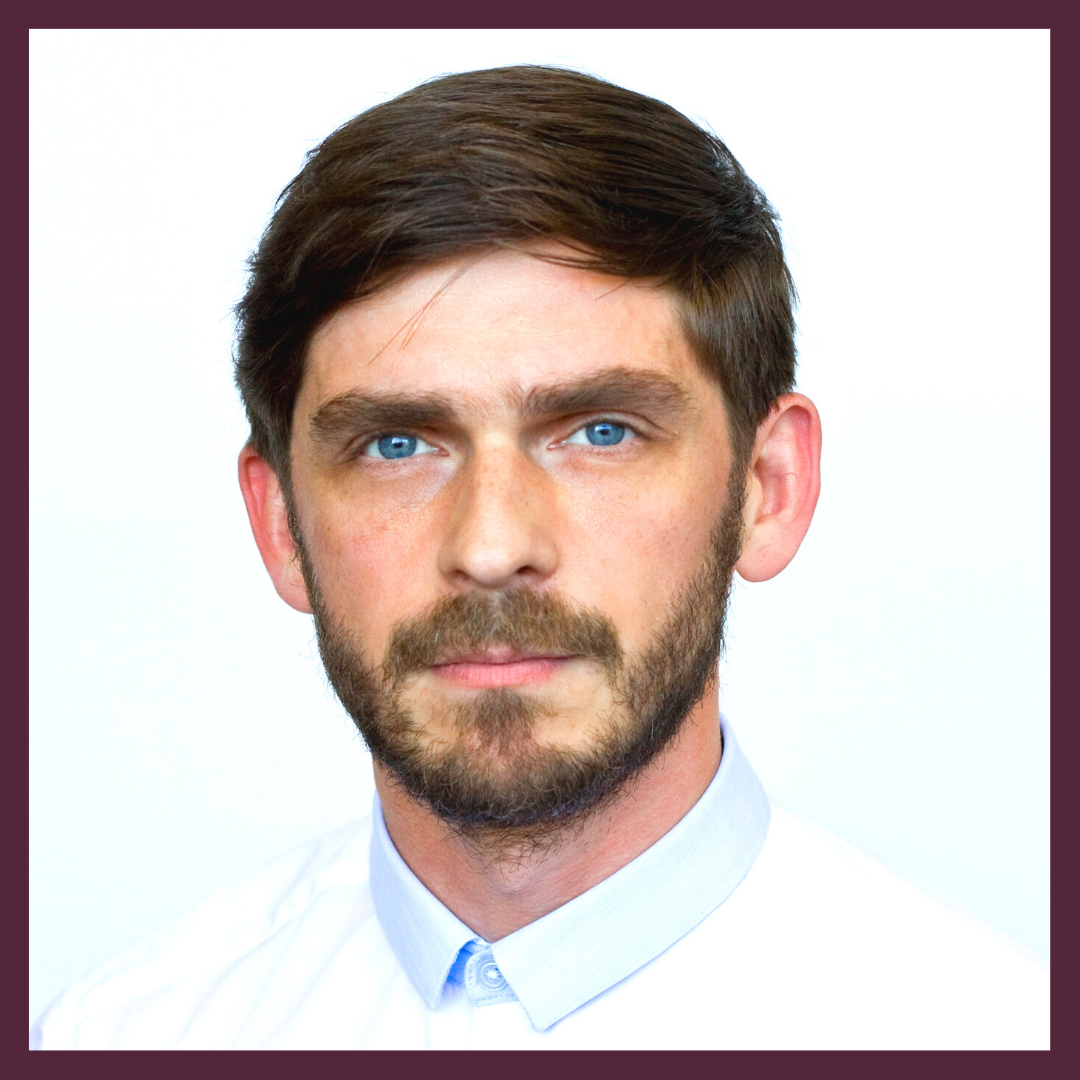 NAURIS VEITS
NAURIS VEITS
In the early 00’s I started my working career as an optometrist after graduating University of Latvia, however a few years later I was looking for a new challenge and decided to move to the United Kingdom. One year turned into thirteen, sometimes challenging, but eventful years. It was a time when I had an opportunity to learn a new trade. After graduating from Anglia Ruskin University in Cambridge I spent the next 10 years in audiology. In the UK I had a chance to work for large national optical and hearcare companies as well as National Healthcare Service. After a holiday in Latvia, a broken car and an unplanned stay in the country, the decision was made to return. I am glad I am able to use my previously gained skills and return to the world of optometry.
Attending an online conference gives a better opportunity to meet peers (virtually) and is a fantastic alternative for those who cannot travel. Most importantly it is a way for all of us to learn about the newest developments in optometry. Additionally in these extraordinary days, when we have to be on top of reducing the risk of spread of Covid virus and hopefully as a result of these precautions next time we will be able to meet in person.
CONFERENCE SPEAKERS
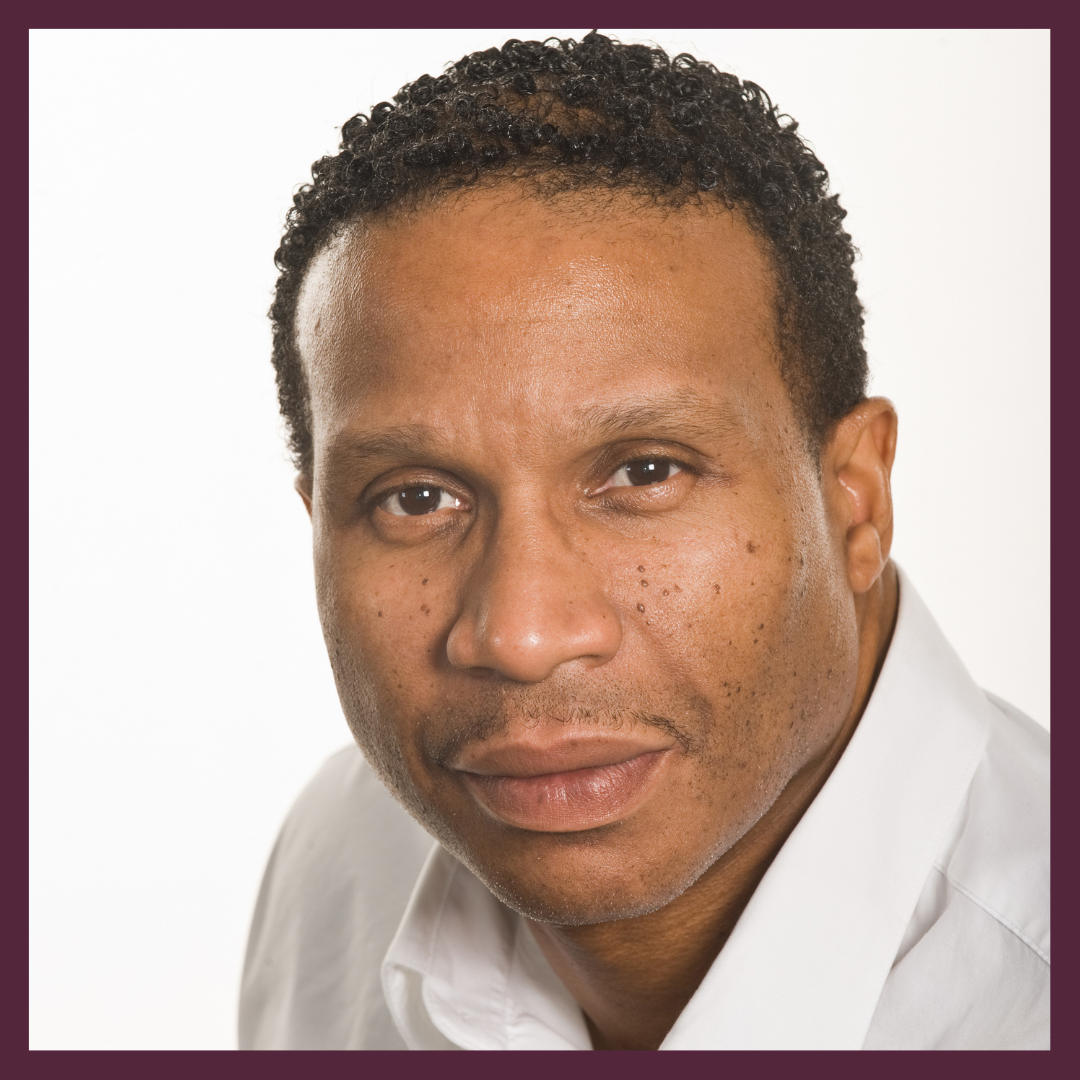 KARL ABERDEEN
KARL ABERDEEN
FBCLA - Professional Development Manager ACE Distributor Markets
Karl Aberdeen’s extensive career in the optical industry began in 1976 in the role of contact lens technician, a position that encompassed many aspects of contact lens design and technology. To build on this, in 1979 he successfully completed a threeyear apprenticeship with a major contact lens manufacturer. In 1990 he joined specialist contact lens manufacturer, Lunelle, in the position of technical services manager. This role offered an opportunity to work directly with practitioners and students through the delivery of clinical presentations at various optometric meetings and university lectures. He has maintained his work in this area and continues to deliver a range of seminars and workshops to the optical community. Alongside this, he provides a consultancy service for practitioners on behalf of CooperVision, offering a broad range of technical and clinical advice. In May 2000, he was elected to serve on the British Contact Lens Association (BCLA) council as technical representative and completed a six- year term on the board of the BCLA. In 2004 he was voted onto the board of the Association of Contact Lenses Manufacturers (ACLM) as vice chairman and was re-elected in June 2006. In 2013 he was once again elected to serve on the British Contact Lens Association (BCLA) council as technical representative. In 2014 he was awarded the prestigious BCLA fellowship. He is currently CooperVision Professional Development Manager for Africa Europe and Central Eurasia Distributor Markets.With the reliance on smartphones, tablets, laptops, in-car displays are increasing more every day, we also know that trying to change people’s behaviors - essentially asking them to scale back their digital device use or change how they interact with screens has limited effect. Biofinity Energys™ paves the way for meeting their demanding needs in a wholly new manner. CooperVision Research and Development team broke new ground, discovering a way to address both optical and comfort aspects in a contact lens created to be worn throughout the day.
JANIS BALTRAITIS
Entrepreneur and optometrist with a great passion about Ortho-K
''15 years ago I heard about this method for the first time. Then we planned to open a custom made contact lens fitting center and give just a small part with Ortho-k fitting. Some years later appeared many scientific evidences about slowing down the growth of myopia. Since then I have attended international Ortho-K meetings and been a member of EurOK. Started optometry studies and wrote master thesis with a deep research about Ortho-K impact on refraction stabilization.
Tired of daily use of spectacles or contact lenses? Lenses limit the activities in summer on the beaches or in the water? With ortho-K you can experience the total freedom of activities and do whatever people with good vision do. Moreover, latest researches show the power of this method to fight the myopia development. What can be a better combination - everyday comfort and long-term benefit!
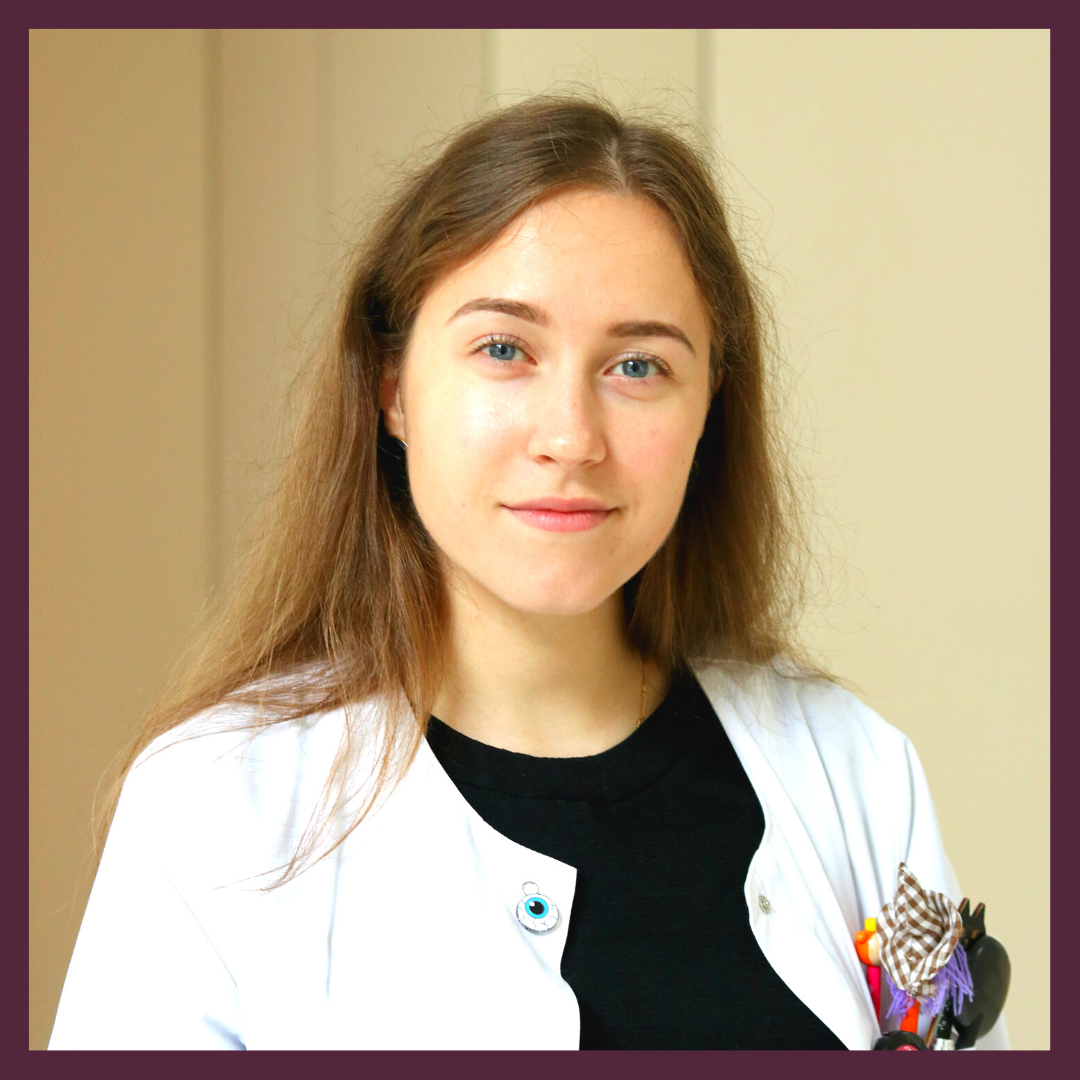 KRISTINE KALNICA-DOROSENKO
KRISTINE KALNICA-DOROSENKO
Vision specialist interested in binocular vision, amblyopia, and vision training
Kristine Kalnica-Dorosenko graduated the Professional Master’s study program in Optometry in 2018 at the University of Latvia. To improve her knowledge and skills, at present, she is continuing her education as a PhD student working on the development of a computer-based methodology for the treatment of amblyopia.
Amblyopia is reduced vision in one or, more rarely, both eyes, without an organic cause, unrelated to any eye health problem. Amblyopia is a disorder that mainly affects children. If amblyopia is not successfully treated in childhood, it can cause permanent visual impairment throughout life. The age at which amblyopia treatment should start is directly related to the effectiveness of the treatment - the earlier the child starts treatment, the faster the response to therapy. One of the main treatments for amblyopia is to occlude the better-seeing eye for a certain period of time, but this does not contribute to the recovery and development of binocular function. Based on the popularity of video games, ways have been devised to use them for productive purposes, such as the use of video and computer games in healthcare. Several clinical studies have shown the benefits of using video games to treat amblyopia.
 MICHAL VYMYSLICKY
MICHAL VYMYSLICKY
Professional Affairs Manager Alcon
Clinical optometrist passionate about contact lenses, dry eye management and keen to learn the newest trends while always placing patients’ needs first.
Contact lenses are often time perceived as an alternative to the glasses. Here we are going to explore when can we start fitting contact lenses, what are the important factors for consideration and how lens fitting can affect the customer service satisfaction and your business.
- When to start fitting the contact lenses?
- What are the important considerations for lens wearing?
- How lens fitting can impact your practice?
Thease 3 questions will be answered and discused in conference.
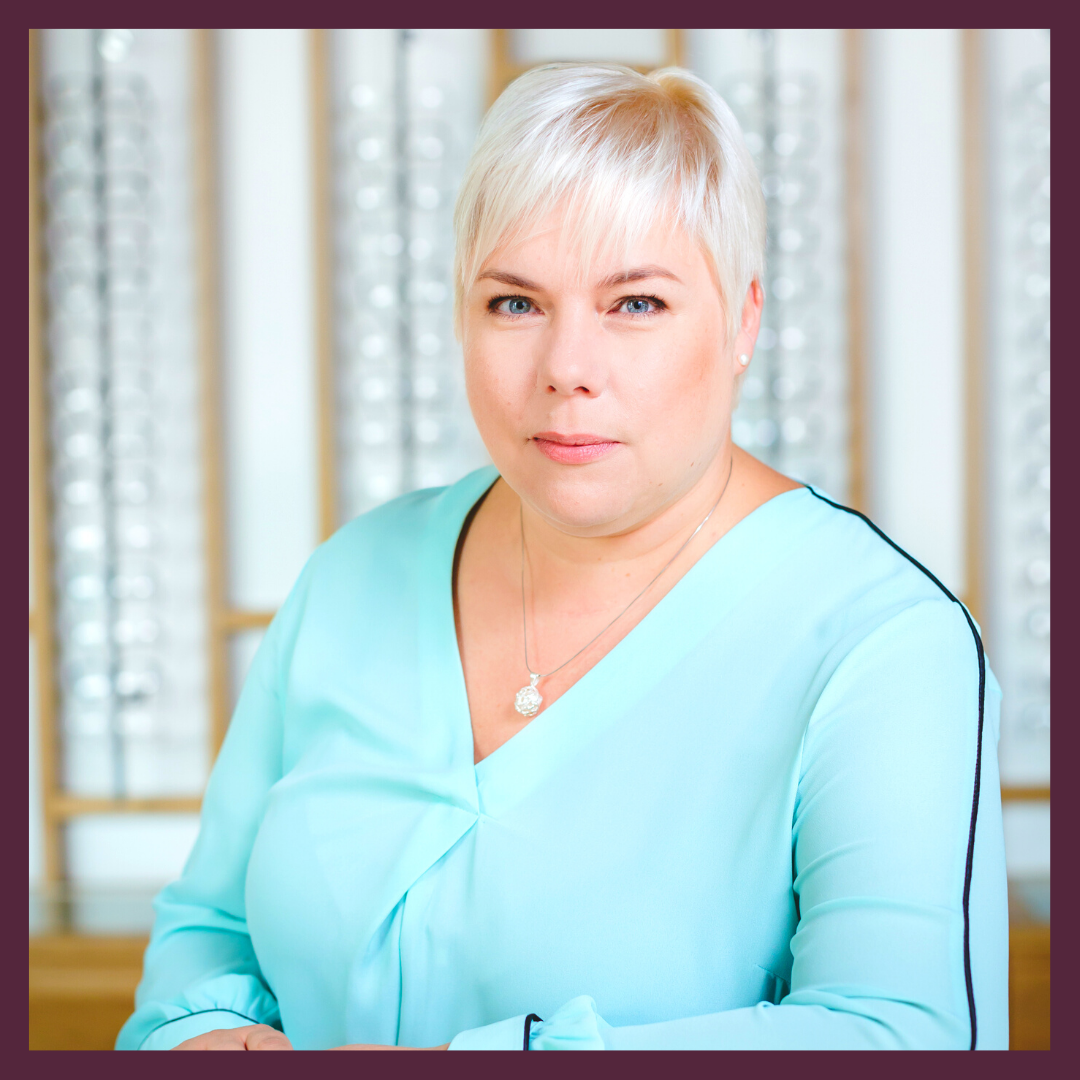 ELO OLONEN
ELO OLONEN
Optometrist Tallinn Children's Hospital
Elo is an optometrist in Tallinn Children's Hospital and in Tallinna Optika store. She received her MSc from University of Latvia in 2011. She has been a teacher of optometry for 17 years at Tallinn Health Care College, but is now fully committed to the profession. Elo is active with the Estonian Optometrist Association. She can be contacted at
When working with different age groups of patients, children are arguably the most challenging but also one of the most fun. But seeing where the children’s playground is heading; it makes me ask questions.
- Where do we come from?
- How did we get there?
- Where do we want to go?
We can think about our options and alternatives.
 SANDRA VALEINA
SANDRA VALEINA
MD, MSc, PhD, FEBO
I am the manager of the Eye Disease Clinic of the Children’s Clinical University hospital, a researcher and a senior teacher of Riga Stradins University, a coordinator of ERN-EYE (European reference network for rare eye diseases).
Every child is like a miracle that enters the world. It is ready at the same time and still formating. This applies both anatomically and functionally to all organ systems, including the vision - the eye. Vision has not yet developed at birth. Vision is formed when the perceptual part of the eye - the retina - delivers visual information along the visual pathways to the areas of the child's cerebral cortex, which are responsible for receiving and understanding visual information. If something prevents visual information from reaching the retina, the retina cannot perceive this information, so the child's cerebral cortex cannot perceive and begin to learn to understand and interpret visual information, or in other words, cannot learn to see. Absence or disorder of the red reflex of the eye, changes in the size of one or both eyes, strabismus, fear of light, altered eye movements, tearing or redness of the eye are part of the warning signs of eye disease or congenital pathology of the eye that may cause low vision or even blindness. It is very important to see, understand and, if necessary, treat and correct the warning sign as early as possible.
It is important to learn to listen, to learn to see and to learn to feel for yourself and others. It is important to do the work you love and, in doing so, to help people and the community. When you see one of the warning signs in your child's eyes, not only pass this information on to someone who understands and is ready to analyze it and, if necessary, treat it, but also personally read the topic that made you alert and keep track of your referral.
 AIGA OZOLINA
AIGA OZOLINA
M.Sc.Certif. optom. OC VISION
I have been a practicing optometrist for 22 years. I work with patients of all ages, I also prescribe contact lenses and magnifiers. I am open and communicative. The work has developed its own circle of patients and clients, who repeatedly come and trust year after year. I regularly supplement and expand my horizons not only in the field of work. I am a family person, a mother of two wonderful teenagers. I appreciate trust and openness, and the fact that everything, both good and bad, is said straight forward. These qualities also help at work, because communicating with clients, looking in their eyes, is my daily routine.
Every working day, several children sit in the chair of my office - one brave, another scared, another crying or not wanting to talk ... so, one of the most important things is to start a dialogue, make friends and find common language with both the child and his mother or father. . And only then I can start the eye examination and manipulation with my optometrist tools, how to play and the agenda depends on the courage or previous experience of the small patient. I will talk about the tests, the functions of which we are examining. Keywords - defocus, myopia progression, accommodation, refraction. Facts - I will give examples from work practice. And I want to say that not always 2 times 2 is 4, because in practice I also use my intuition and the child's psycho-emotional state, a smile on his face and a glow in his eyes.
- Children of preschool age (6-12 years of age), full correction, defocus, myopia, hypermetropia.
- The most important task of children's vision correction is the increase of the visual acuity.
Each patient is individual and his wishes and needs is the priority. And more importantly - communication with parents.
 DIANA FRIDRIHSONE
DIANA FRIDRIHSONE
MD, MSc, certified paediatrician, Children's University Hospital, Riga, Latvia
Often, the eye findings can give a clue to the systemic diagnosis and at other times, not managing the eye manifestations can lead to irreversible blindness although the systemic condition was treated well. So, it is important for all specialists dealing with pediatric population to be aware of ocular manifestations of the common systemic conditions.
The author will discuss the ocular manifestations of the following systemic conditions: Genetic and chromosomal anomalies, metabolic disorders, infectious diseases, muscular disorders, inflammatory disorders and other disease.
 ZANE JANSONE-LANGINA
ZANE JANSONE-LANGINA
M.Sc.Certif.optometrist
Zane Jansone-Langina is passionate optometrist who works with all age group patients. All the time Zane is seeking for improvement by participating at European Optometry conferences, workshops, summer schools. This years (2021) Zane received prestigious SPIE Optics and Photonics Education Scholarship for their potential long-range contribution to optics, photonics, or other related fields. Right now Zane is an Phd student at the University of Latvia and looking forward to finish her theses about cataract induced color vision changes.
Nowadays, children start using smart devices at an early age, exposing themselves to high risk of binocular vision dysfunction. Our task as optometrists are to detect and diagnose the first signs of vision dysfunctions. Quicker we diagnose, quicker we can provide the child and the parent with best tools to improve daily life and reduce the risk for myopia. Child is a smallest version of us and we have to be flexible with near vision function testing.
CONFERENCE PROGRAM


